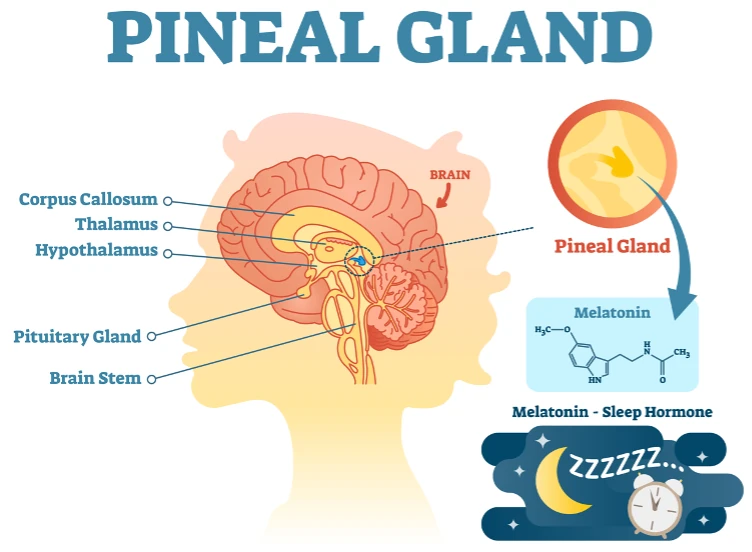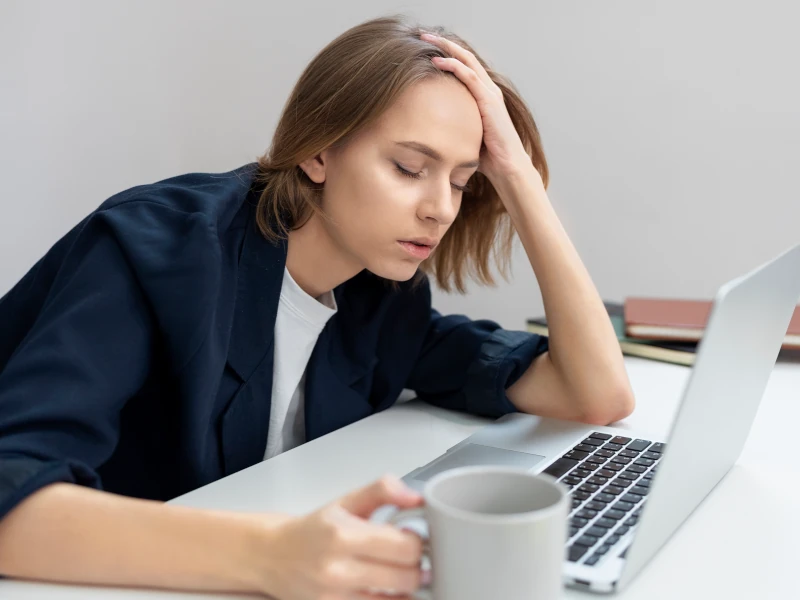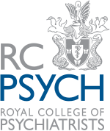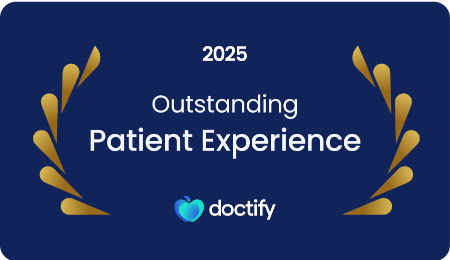Sleep is a fundamental aspect of human health and well-being. Sleep disorders are increasingly common, affecting millions of people worldwide and significantly affect one’s quality of life, productivity, and overall health. Recognising the need for accessible and convenient diagnostic tools, medical professionals have developed at-home sleep study as an alternative to traditional in-laboratory assessments. This article aims to provide a comprehensive overview of at-home sleep study, covering its purpose, methodology, and importance in diagnosing sleep disorders.
What is an at-home sleep study?
An at-home sleep study is a diagnostic tool designed to evaluate sleep patterns and identify potential sleep disorders in the comfort of your home. Unlike traditional in-laboratory polysomnography, which requires an overnight stay in a sleep clinic, an at-home sleep study allows individuals to undergo assessment in their familiar sleeping environment. This approach offers several advantages, including increased comfort, convenience, and potentially more representative sleep data due to the natural setting.
The primary distinction between at-home and in-laboratory studies lies in the scope and complexity of the collected data. While in-laboratory studies provide a more comprehensive analysis of various physiological parameters, an at-home study focuses on key indicators such as breathing patterns, oxygen levels, and body position. This streamlined approach makes at-home study suitable for diagnosing common sleep disorders like obstructive sleep apnoea (OSA).
How does an at-home sleep study work?
At-home sleep study utilises portable monitoring devices that collect essential data throughout the night. The typical equipment used in this study includes:
- Pulse oximeter: A small clip attached to the finger that measures blood oxygen levels and heart rate.
- Nasal cannula: A thin tube placed in the nostrils to measure airflow and detect breathing irregularities.
- Respiratory effort belts: Elastic bands worn around the chest and abdomen to monitor breathing movements.
- Body position sensor: A small device attached to the chest to track sleep positions.
Some advanced at-home sleep study kits may include additional sensors, such as electroencephalogram (EEG) electrodes to monitor brain activity or actigraph devices to measure movement and estimate sleep-wake cycles.
The process of conducting an at-home sleep study involves the following steps:
- Equipment delivery: The sleep study kit is delivered to the patient’s home or picked up from a designated location.
- Setup: Clear instructions are provided for setting up the equipment, often supplemented by video tutorials or phone support.
- Data collection: The patient wears the monitoring devices overnight, usually for one to three nights, depending on the prescribed protocol.
- Return and analysis: The equipment is returned, and sleep specialists analyse the collected data.
The simplicity of at-home sleep study equipment makes it accessible to most individuals, regardless of their technical proficiency. The non-invasive nature of the devices ensures minimal disruption to regular sleep patterns, contributing to more accurate results.
When is an at-home sleep study recommended?
An at-home sleep study is recommended for diagnosing obstructive sleep apnoea (OSA). However, it can also help to evaluate other sleep disorders, such as insomnia, which is characterised by difficulty falling asleep or staying asleep. It can assess restless leg syndrome (RLS), a neurological disorder causing an irresistible urge to move the legs and periodic limb movement disorder (PLMD), which involves repetitive limb movements during sleep that may disrupt sleep quality.
Additionally, an at-home sleep study can aid in diagnosing circadian rhythm disorders, which occur due to misalignment between a person’s internal circadian clock and the external environment. Healthcare providers may suggest an at-home sleep study if a patient exhibits symptoms including:
- Loud snoring
- Observed pauses in breathing during sleep
- Excessive daytime sleepiness
- Morning headaches
- Difficulty falling asleep or staying asleep
- Restless or unrefreshing sleep
- Frequent nighttime awakenings
Individuals experiencing these symptoms should consult their primary care physician or a sleep specialist. Many healthcare providers and sleep centres now offer online assessments or questionnaires to determine if an at-home sleep study is appropriate. Additionally, some telemedicine platforms specialise in sleep health and can facilitate obtaining an at-home sleep study kit.
Preparing for an at-home sleep study
Proper preparation is essential for obtaining accurate results from an at-home sleep study. The process usually starts with a pre-study consultation with a sleep specialist, where the healthcare provider reviews the patient’s medical history and sleep-related symptoms. During this consultation, the specialist explains the sleep study process in detail, including how to use the provided equipment, and addresses any questions or concerns of the patient.
Additionally, the healthcare provider offers specific instructions tailored to the individual’s needs to ensure a smooth and effective at-home sleep study. To optimise the at-home sleep study effectiveness, patients should follow the following practical tips:
- Maintain a regular sleep schedule for several days before the study
- Avoid caffeine, alcohol, and heavy meals in the hours leading up to bedtime
- Refrain from napping on the day of the study
- Create a comfortable sleep environment
- Follow the usual bedtime routine
- Avoid using sleep aids unless specifically instructed by the healthcare provider
It’s important to note that while an at-home sleep study is designed to be user-friendly, some individuals may feel anxious about the process. In such cases, a practice session with the equipment during the day can help to alleviate concerns and ensure proper usage.
Interpreting the results from your at-home sleep study
Once the at-home sleep study is completed, the collected data is transmitted to sleep specialists for analysis. This process involves examining various parameters, including:
Apnea-hypopnea index (AHI): The number of breathing pauses or shallow breaths per hour of sleep.
Oxygen desaturation index (ODI): The rate at which blood oxygen levels decrease during sleep.
Sleep position data: How different sleeping positions affect breathing patterns.
Heart rate variability: Changes in heart rate throughout the night.
Once the data has been analysed and processed, patients are scheduled for a follow-up consultation with their sleep specialist to review the results. During this consultation, the healthcare provider explains the findings in detail and provides a diagnosis if a sleep disorder is identified.
Based on the diagnosis, the sleep specialist will develop a personalised treatment plan. This may include lifestyle modifications, positional therapy, continuous positive airway pressure (CPAP) therapy, or other interventions tailored to the specific sleep disorder and its severity.
Considering an at-home sleep study?
At-home sleep studies have revolutionised sleep medicine by providing a convenient, cost-effective, and accessible method for diagnosing sleep disorders. By facilitating early detection and treatment of sleep disorders, at-home sleep study plays a crucial role in improving overall health and quality of life for millions of individuals. If you’re experiencing sleep disorder symptoms or have concerns about your sleep quality, an at home sleep study may be an excellent first step towards better health.
High-quality sleep is essential for physical health, mental well-being, and overall life satisfaction. Whether you’re looking for advice on improving your sleep habits, want to investigate potential causes behind your sleep disruption, or need personalised treatment options, seeking help from a healthcare professional can offer effective solutions. As a leading sleep specialist, we provide thorough evaluations and customised treatment plans to address your specific sleep concerns. Contact us to schedule a consultation and take the first step towards your high-quality sleep.










